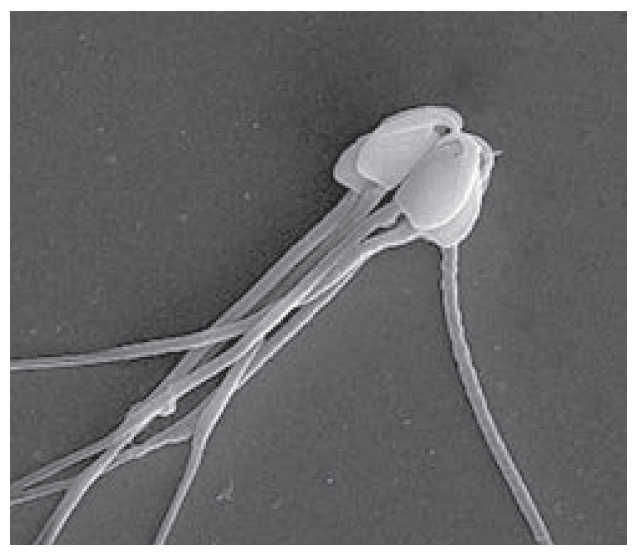Table of Contents
Introduction to translocation
Mammalian fertilization is a complex process that involves the interaction between sperm and egg. Unlike external fertilization seen in some animals, mammalian fertilization occurs inside the female reproductive tract. In this study note, we explore the critical role of translocation in getting gametes (sperm and egg) to the right place for successful fertilization.
The Female Reproductive Tract
The female reproductive tract is not merely a passive conduit; it actively regulates the transport and maturity of gametes. Let’s delve into the mechanisms involved:
1. Oocyte-Cumulus Complex
- The oocyte (egg) released from the ovary is surrounded by cumulus cells.
- These cumulus cells form a protective matrix around the oocyte.
- If this matrix is altered, the fimbriae of the oviduct cannot pick up the oocyte-cumulus complex.
- Ciliary beating and muscle contractions then transport the complex to the ampulla of the oviduct, where fertilization occurs.
2. Sperm Translocation
- Sperm must travel a longer path from the vagina to the oviduct.
- Despite millions of sperm being ejaculated, only a few reach the Fallopian tubes.
- Several processes contribute to sperm translocation: a. Sperm Motility
- Flagellar action (motility) helps sperm move through the cervical mucus and into the uterus.
- In promiscuous mammals (where females mate with multiple males), sperm from the same male often form “trains” or aggregates, enhancing propulsion.
- This strategy likely evolved for competition between males.
- Within 30 minutes of sperm deposition in the vagina, sperm are found in the oviducts.
- Uterine muscle contractions play a crucial role in transporting sperm to the oviduct.
- These contractions are more efficient than relying solely on sperm flagellar power.
- Sperm sense directional cues from the flow of liquid within the reproductive tract.
- Rheotaxis refers to sperm migrating against the direction of flow.
- Calcium channels (like those found in sea urchin sperm) help sperm monitor the current.
- This phenomenon has been observed in mice and humans.
Conclusion
Translocation ensures that sperm and egg meet at the right time and place for successful fertilization. Understanding these intricate processes sheds light on the remarkable journey of gametes within the female reproductive system .

